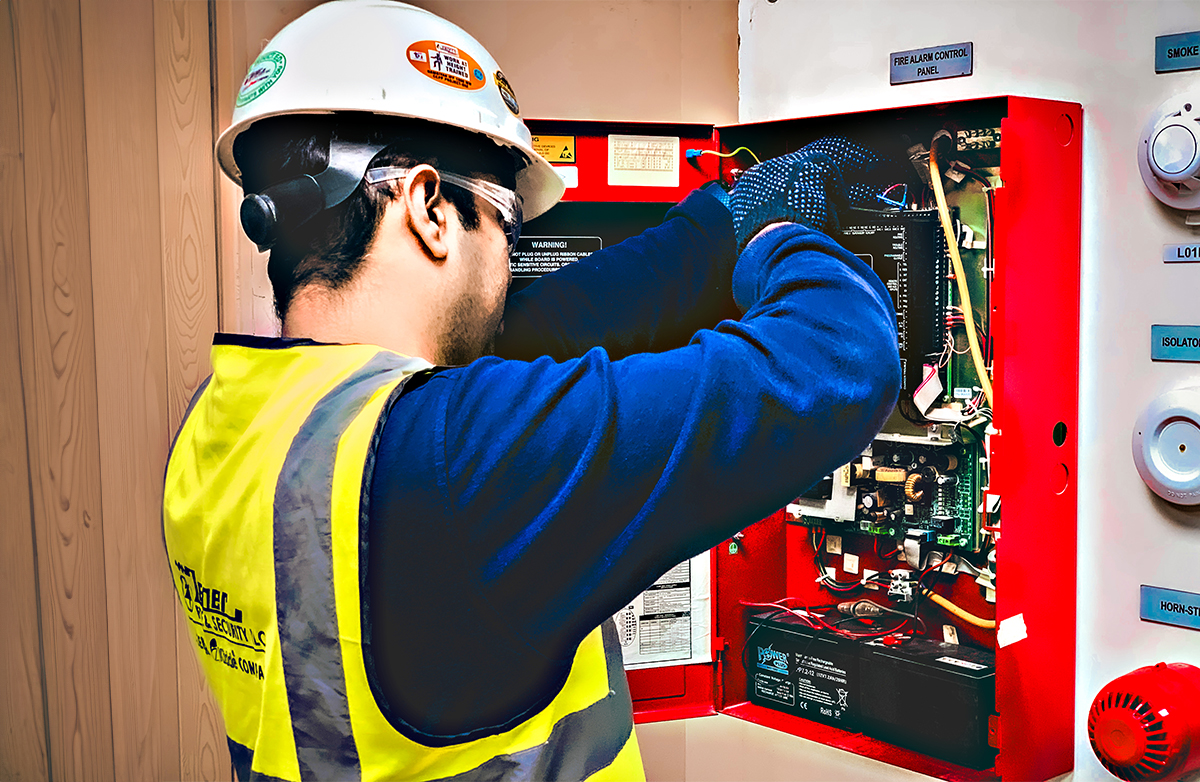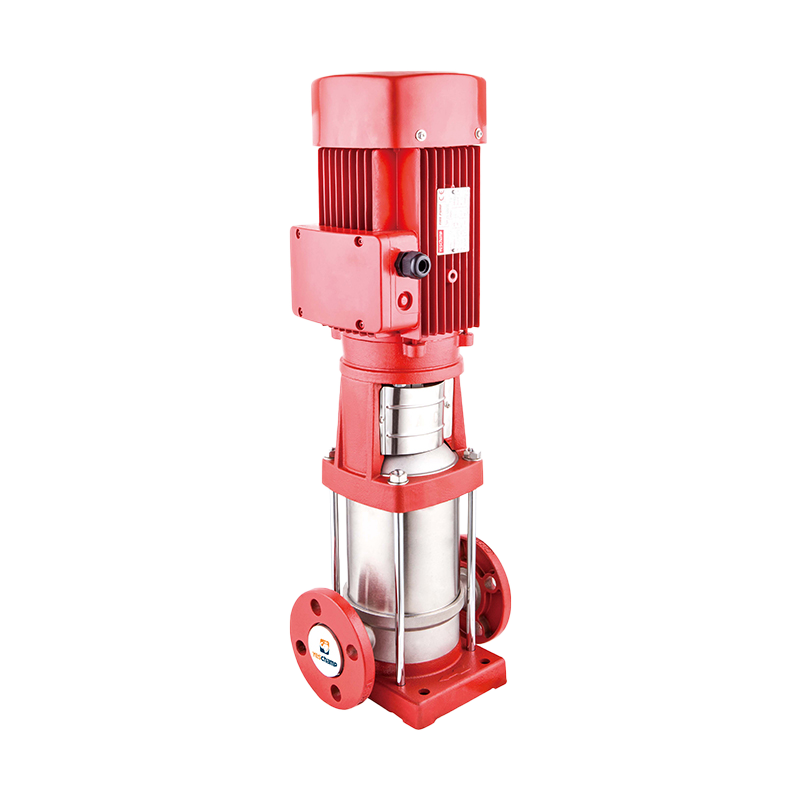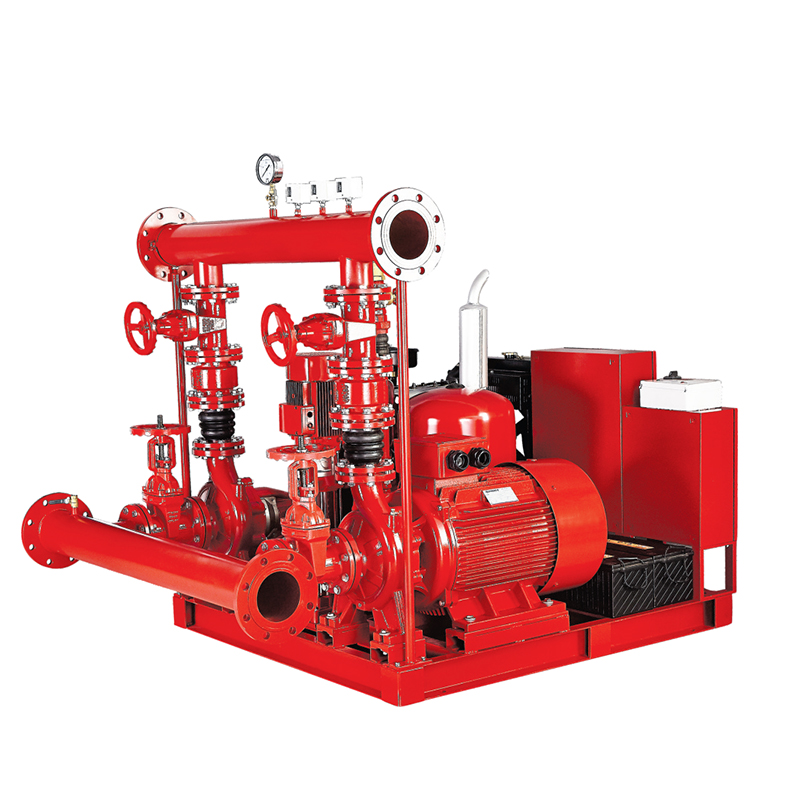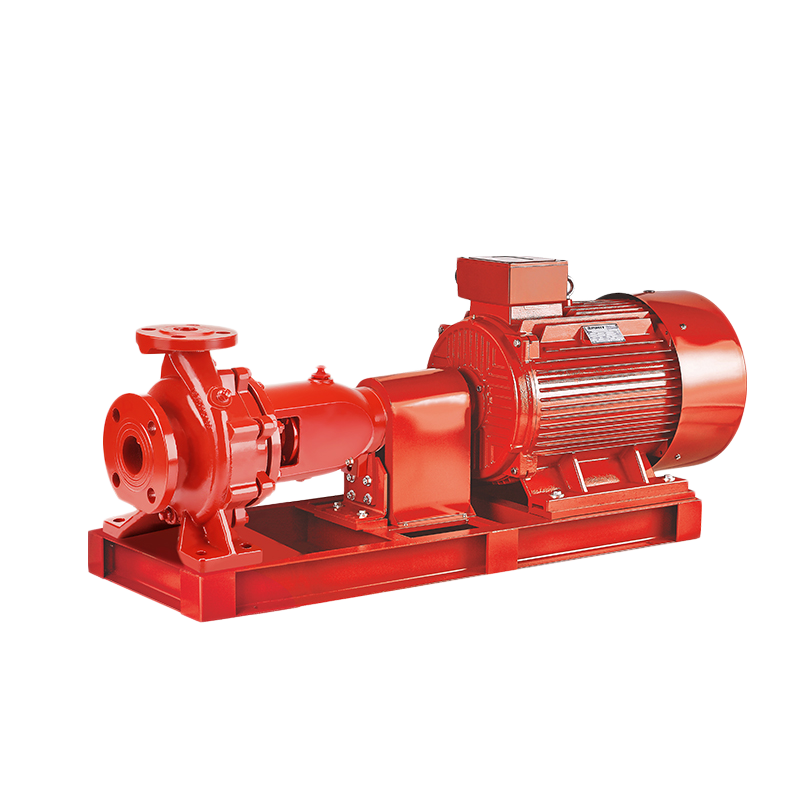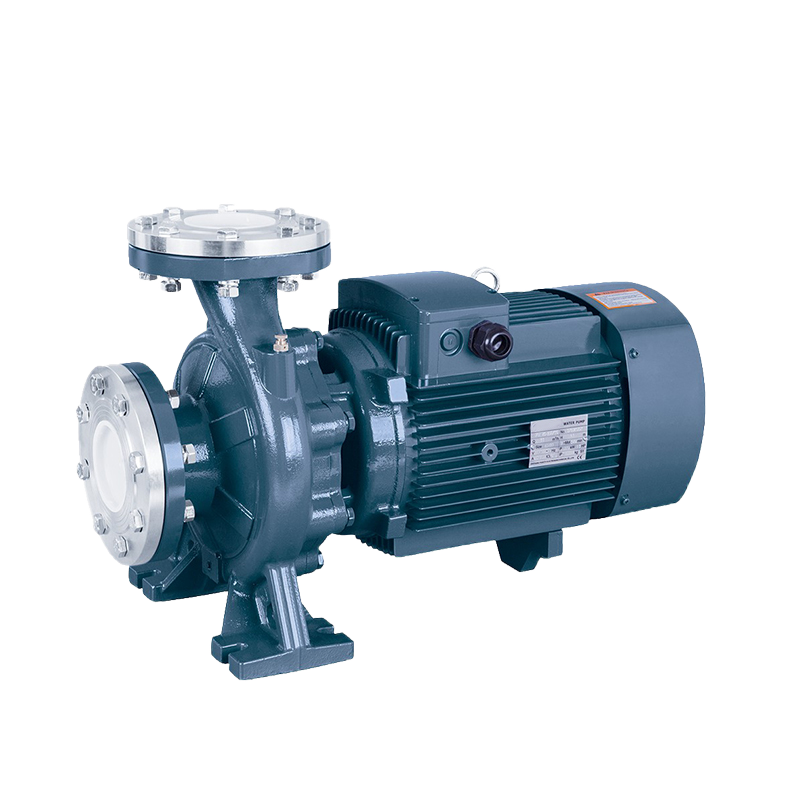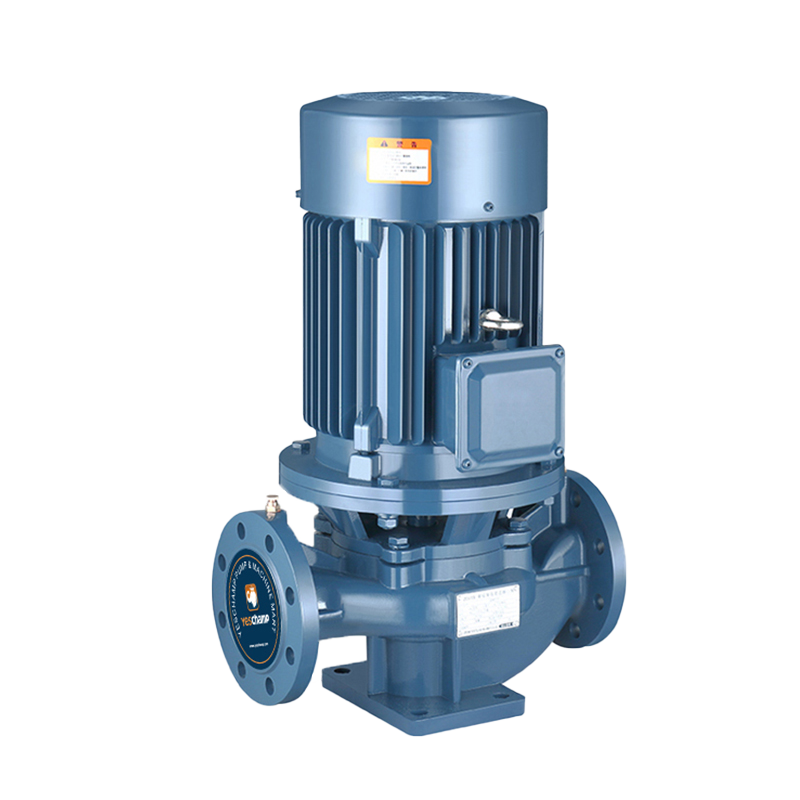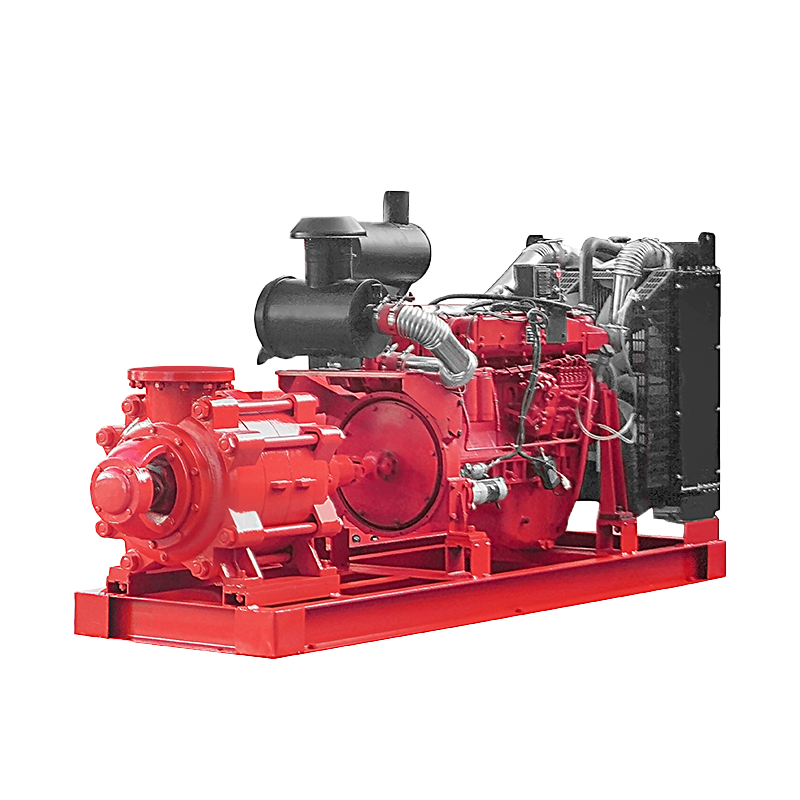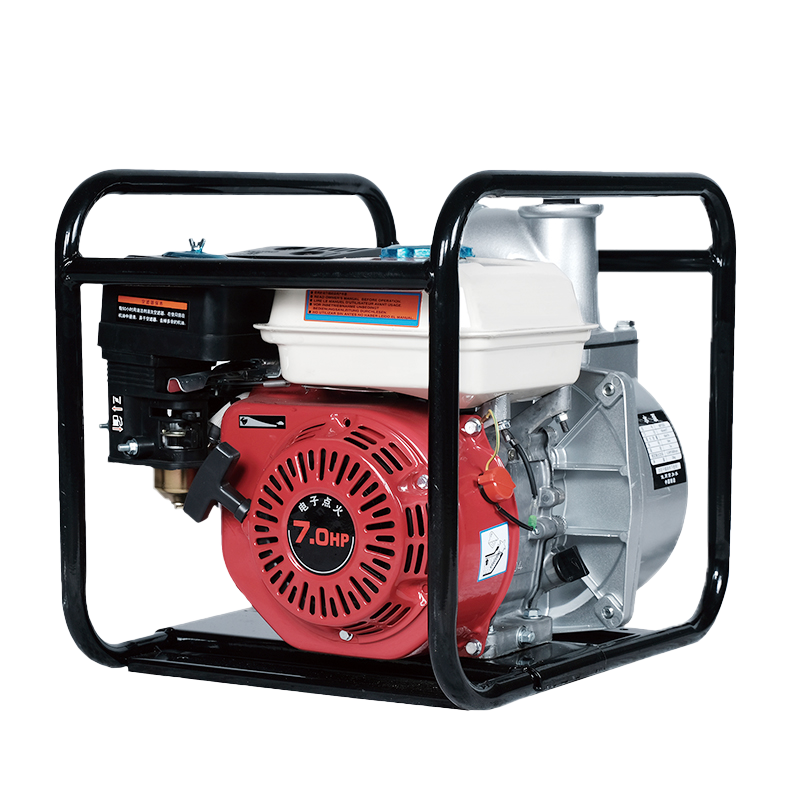Pipeline Pump: The Ultimate Guide to Efficient Fluid Transportation
A pipeline pump is a crucial component in any fluid transportation system, designed to move liquids efficiently through pipelines over long distances. With its powerful design, high flow rate, and reliability, the pipeline pump is widely used in industries like oil and gas, water supply, chemical processing, and more.
What Is a Pipeline Pump?
A pipeline pump is a type of centrifugal pump specifically engineered to transport fluids such as water, oil, chemicals, and other liquids through pipelines. It’s designed to handle high flow rates and pressures, ensuring seamless fluid transportation over long distances or through complex piping systems.
Pipeline pumps are essential in industries and applications where consistent and reliable fluid movement is critical, such as municipal water systems, petroleum pipelines, and industrial processes.
How Does a Pipeline Pump Work?
Pipeline pumps operate using the principles of centrifugal force to move fluids efficiently:
1.Fluid Inlet:
The fluid enters the pump through the suction port, usually connected to the pipeline system.
2.Impeller Action:
The rotating impeller inside the pump imparts kinetic energy to the fluid, increasing its velocity.
3.Pressure Conversion:
The high-velocity fluid flows through the pump’s diffuser or casing, where the velocity is converted into pressure energy.
4.Fluid Discharge:
The pressurized fluid exits the pump through the discharge port and continues its journey through the pipeline.
This process ensures efficient fluid transportation, even in systems requiring high pressure or flow rates.
Benefits of Pipeline Pumps
Pipeline pumps offer several advantages, making them a preferred choice for fluid transportation systems:
1. Efficient Fluid Movement
Ensures smooth and consistent flow of liquids over long distances, even in challenging conditions.
2. Cost-Effective Operation
High efficiency and low maintenance requirements reduce operational costs.
3. Versatility
Suitable for transporting various types of fluids, including water, oil, chemicals, and slurries.
4. Reliability
Designed for continuous operation, reducing downtime and ensuring system stability.
5. Space-Saving Design
Inline pipeline pumps require minimal installation space, making them ideal for compact setups.
6. Long Lifespan
High-quality materials and robust construction ensure durability and extended service life.
7. Environmental Sustainability
Energy-efficient designs contribute to reduced carbon footprints and sustainable operations.
Maintenance Tips for Pipeline Pumps
Proper maintenance is essential to ensure the performance and longevity of your pipeline pump:
1.Regular Inspections:
Check for leaks, unusual noises, and vibrations during operation.
2.Clean Components:
Remove debris and buildup from the impeller, casing, and seals.
3.Lubricate Bearings:
Ensure moving parts are properly lubricated to reduce friction and wear.
4.Monitor Performance:
Track flow rates, pressure, and energy consumption to identify potential issues early.
5.Replace Worn Parts:
Inspect and replace seals, bearings, and other components as needed.
6.Follow Manufacturer Recommendations:
Adhere to the maintenance schedule and operating guidelines provided by the manufacturer.
A pipeline pump is an indispensable component of fluid transportation systems, providing efficient and reliable movement of liquids over long distances. With its high performance, durability, and energy efficiency, pipeline pumps are ideal for industries like water supply, oil and gas, and chemical processing.
When selecting a pipeline pump, consider factors like flow rate, fluid properties, and energy efficiency to ensure it meets your specific application needs. Regular maintenance will help extend the pump’s lifespan and maintain performance.
 English
English عربى
عربى
 Fire Pump and System
Fire Pump and System Split Case Pump
Split Case Pump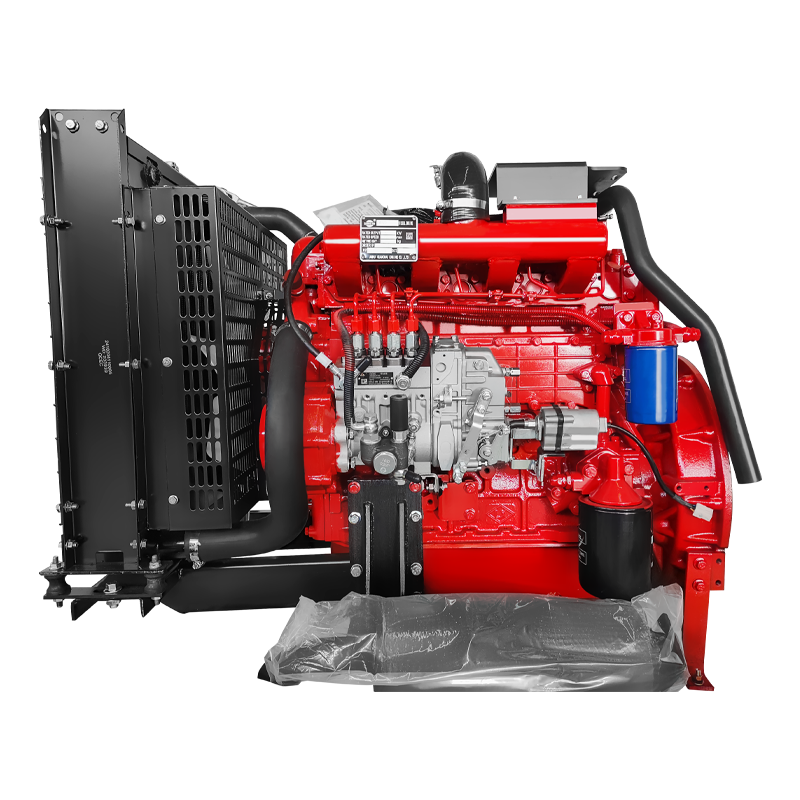 Engine and Pump
Engine and Pump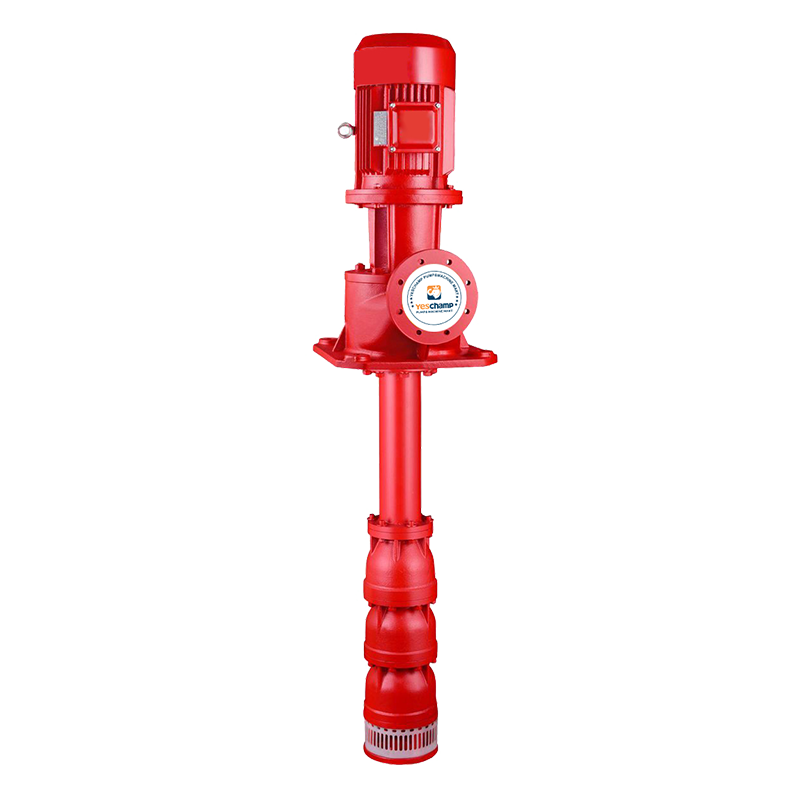 Long Shaft Pump
Long Shaft Pump Multistage pump
Multistage pump Water Supplier System
Water Supplier System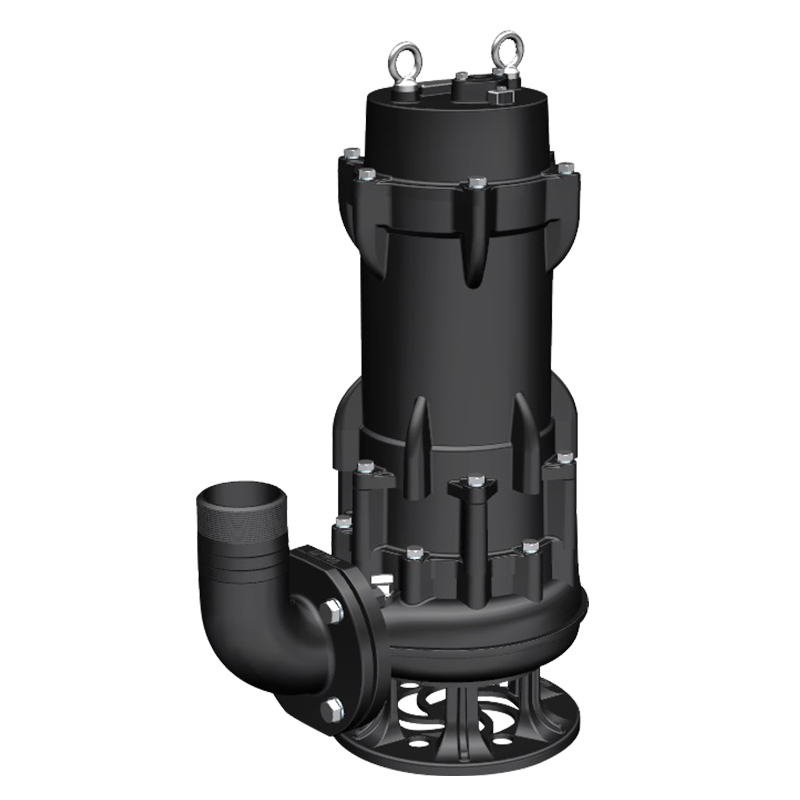 Sewage Pump
Sewage Pump Industrial Pump
Industrial Pump Self-Priming Pump
Self-Priming Pump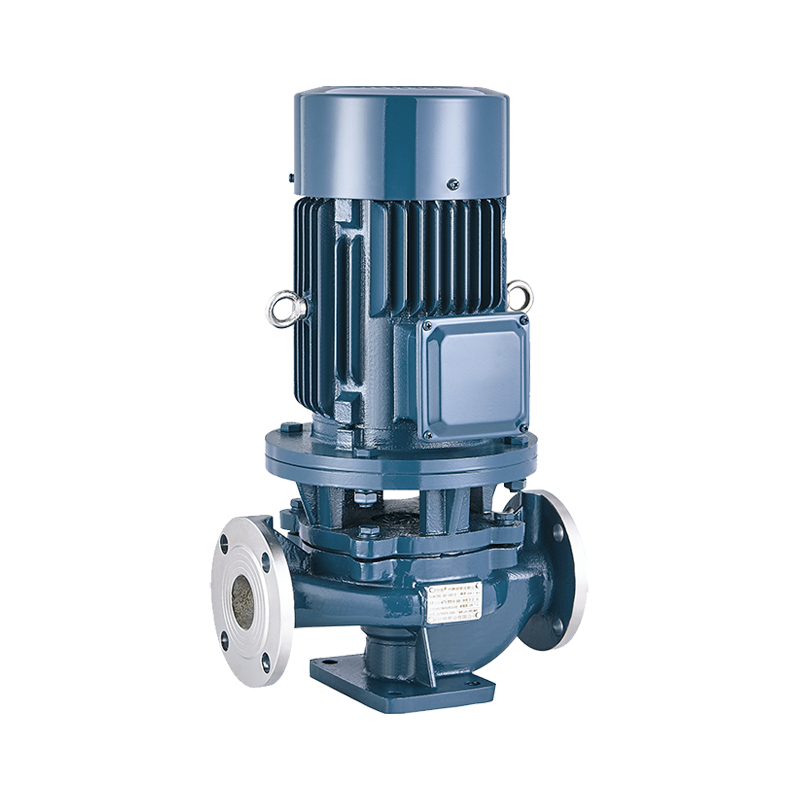 Inline Pump
Inline Pump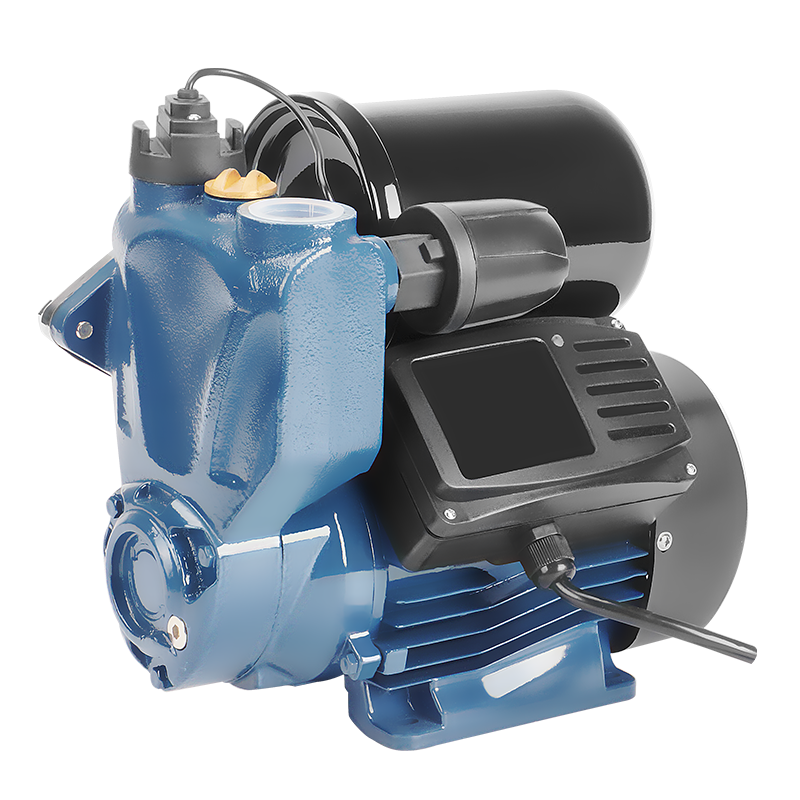 Domestic Pump
Domestic Pump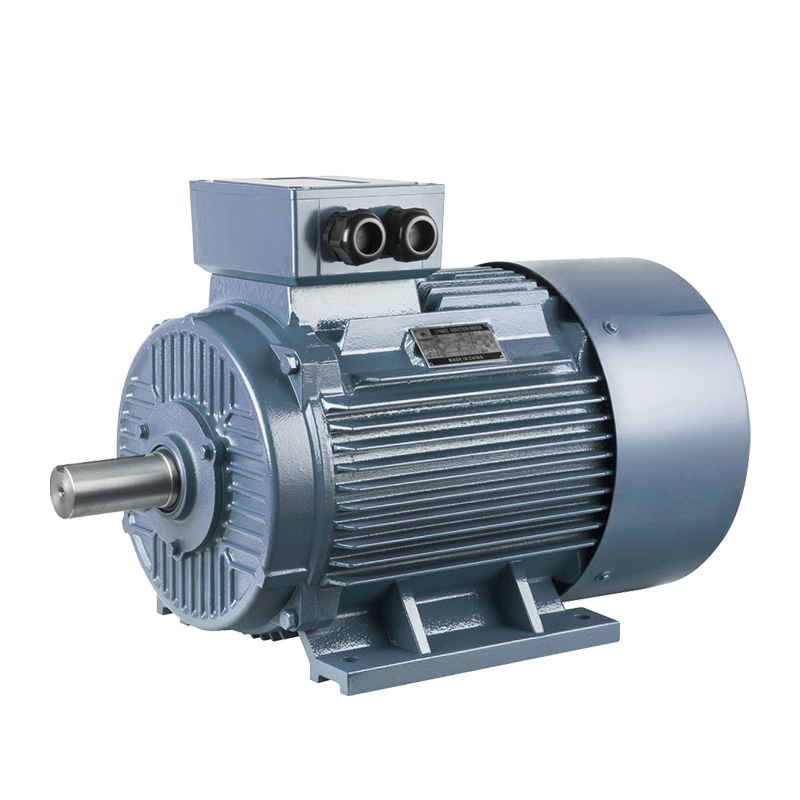 Electric Motor
Electric Motor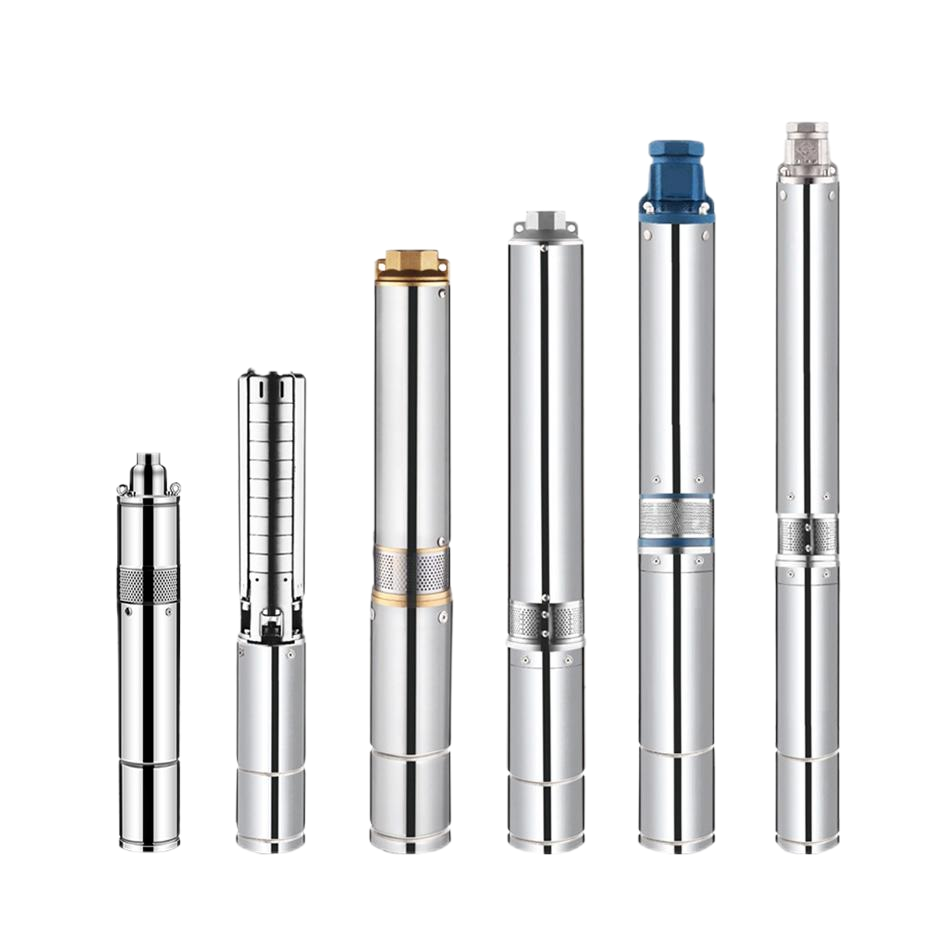 Borehole Pump
Borehole Pump